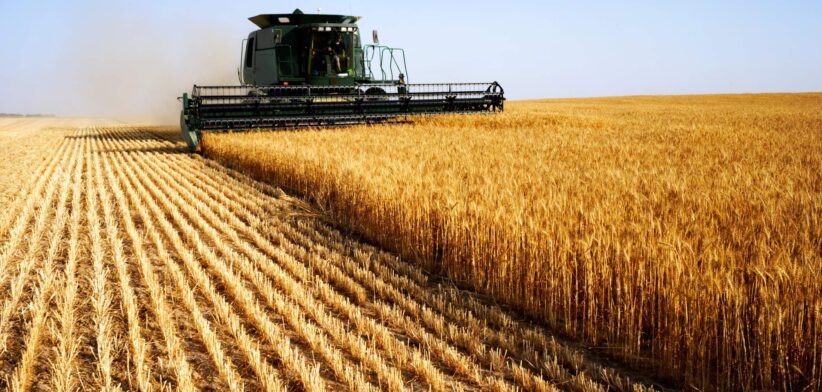One of Queensland’s most productive winter crop seasons has driven a jump in Australia’s forecast agricultural production figures.
The Australian Bureau of Agricultural and Resource Economics and Sciences (ABARES) Agricultural Commodities and Crop Report predicts a four percent growth in the sector, from $82.5 billion in 2023-24 to $86.2 billion in 2024-25.
ABARES Executive Director Dr Jared Greenville said the forecast showed value of production across agriculture, fisheries and forestry would reach $92.1 billion in 2024-25.
“We have seen more favourable seasonal conditions across large parts of the country, easing input prices, and higher livestock prices supporting farm incomes” Dr Greenville said.
“Crop production across Australia has been driven by New South Wales and Queensland, and better than expected seasonal conditions in Western Australia.”
The latest report showed winter crop production in Queensland was forecast to increase by 94 percent to reach 3.3 million tonnes in 2024–25, the third highest production on record and 62 percent above the 10-year average.
It stated the increase in production was attributed to above average sub-soil moisture availability across most areas and the spring climate outlook was expected to offer favourable conditions for crop flowering and grain-filling, helping to sustain strong yield potential.
Dr Greenville said this year had seen less carry-over stocks of grain available for export in comparison to the past two record-breaking years, which was driving a slight fall in export value, despite production still sitting as the third highest on record.
She said Australian exports continued to be in strong demand in key markets.
“Red meat exports are performing well in the US and Middle East,” Dr Greenville said.
“We’re also seeing increased trade flows with China across various commodities, following improvements in market access.”
Read the latest Commodities Report and Crop Report.








